July 28-August 3, 2024
Staggering from one smoky day to the next
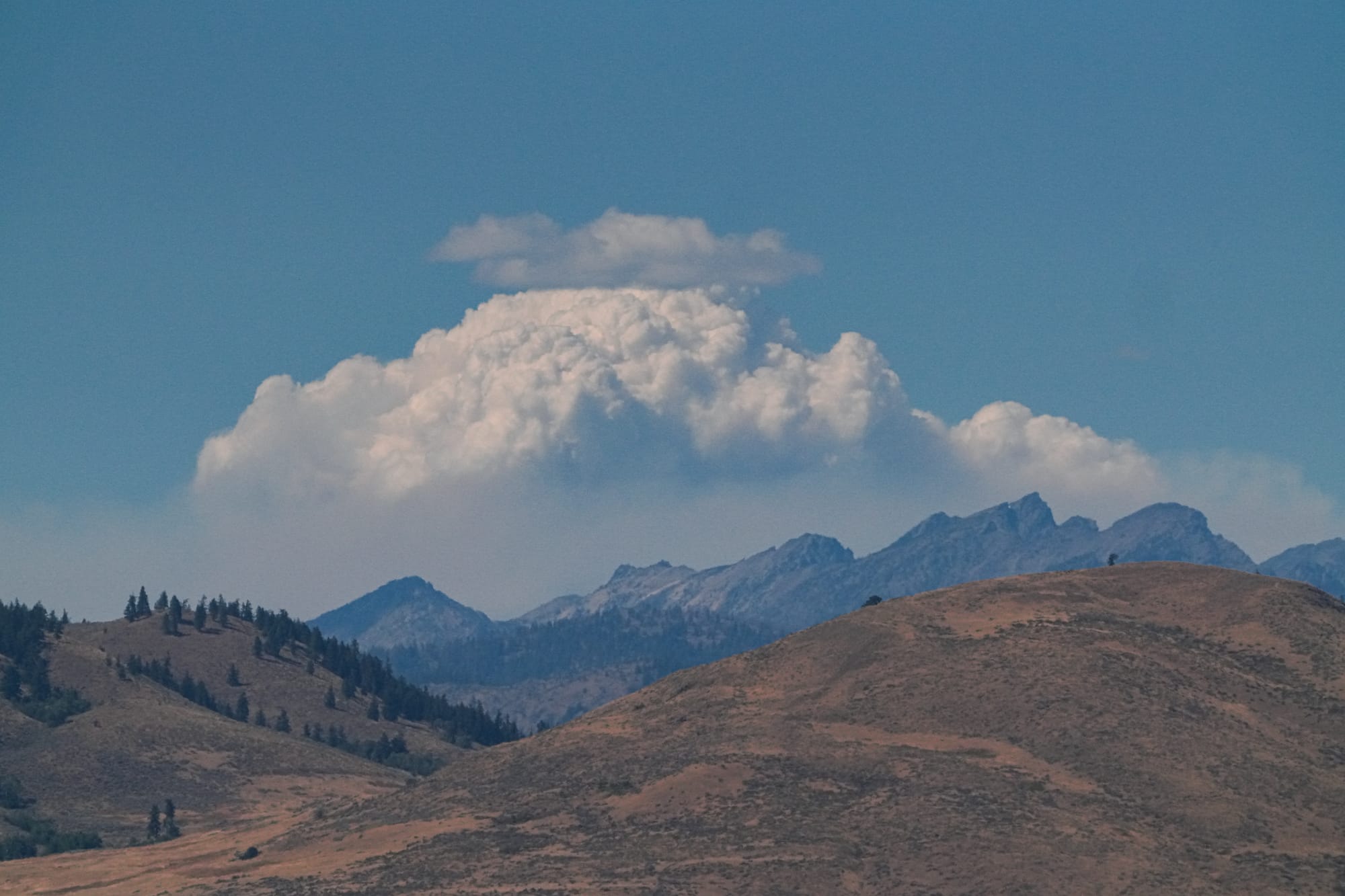
This has been a week of apprehensively watching our air quality change as wildfire smoke ebbed and flowed through the valley in the sweltering heat.
Week in Review

What a week this has been! First off, I bailed on a trip to Banff National Park due to intolerable wildfire smoke, then returned home early to sit through waves of shifting smoke and haze in the Methow Valley. That said, this week was also a mixed bag with rain on July 29, a crystal-clear day on August 1, and a run of days over 100 degrees at the end of the week.
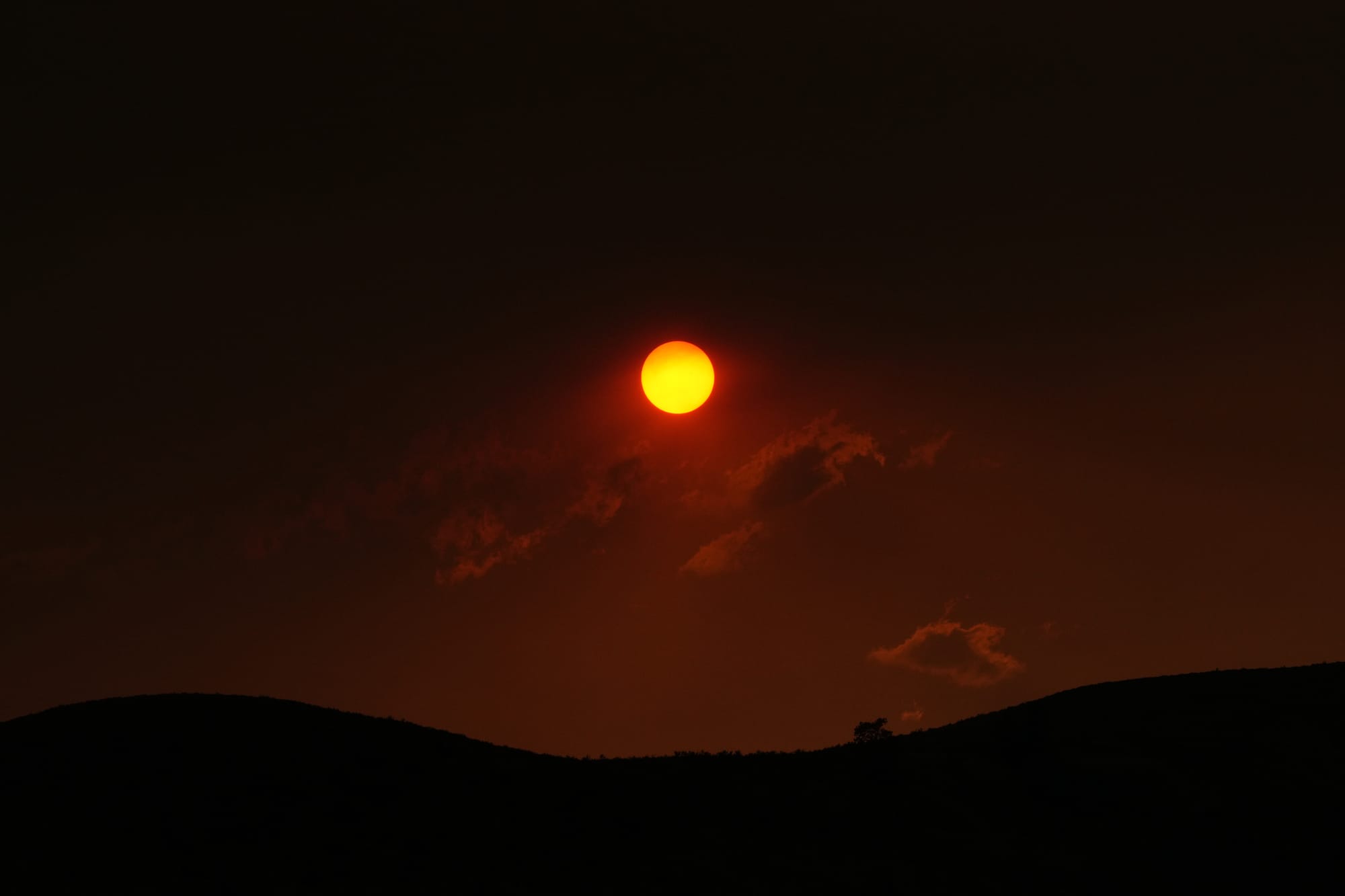
Around the rain and cooler temperatures, and before the heat returned with a vengeance, I snuck in a couple really enjoyable hikes and was surprised how much is going on at this time of year.
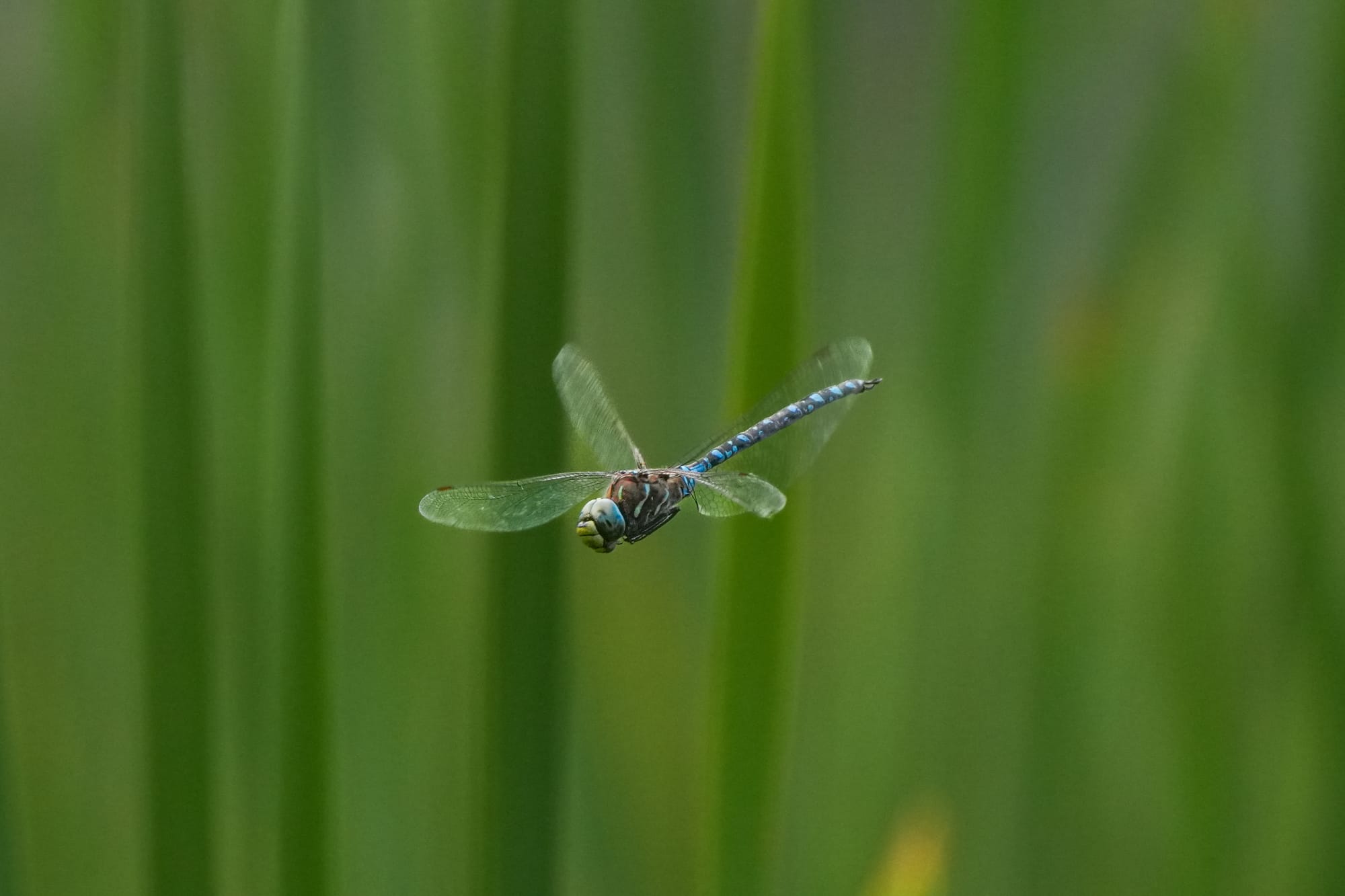
On top of the many dragonflies darting around, this is also the season of baby animals, and it seems like a banner year for chipmunks. On most outings, I feel lucky to see 1-2 chipmunks but on one walk around the beaver pond at the Chickadee Trailhead there were chipmunks everywhere!
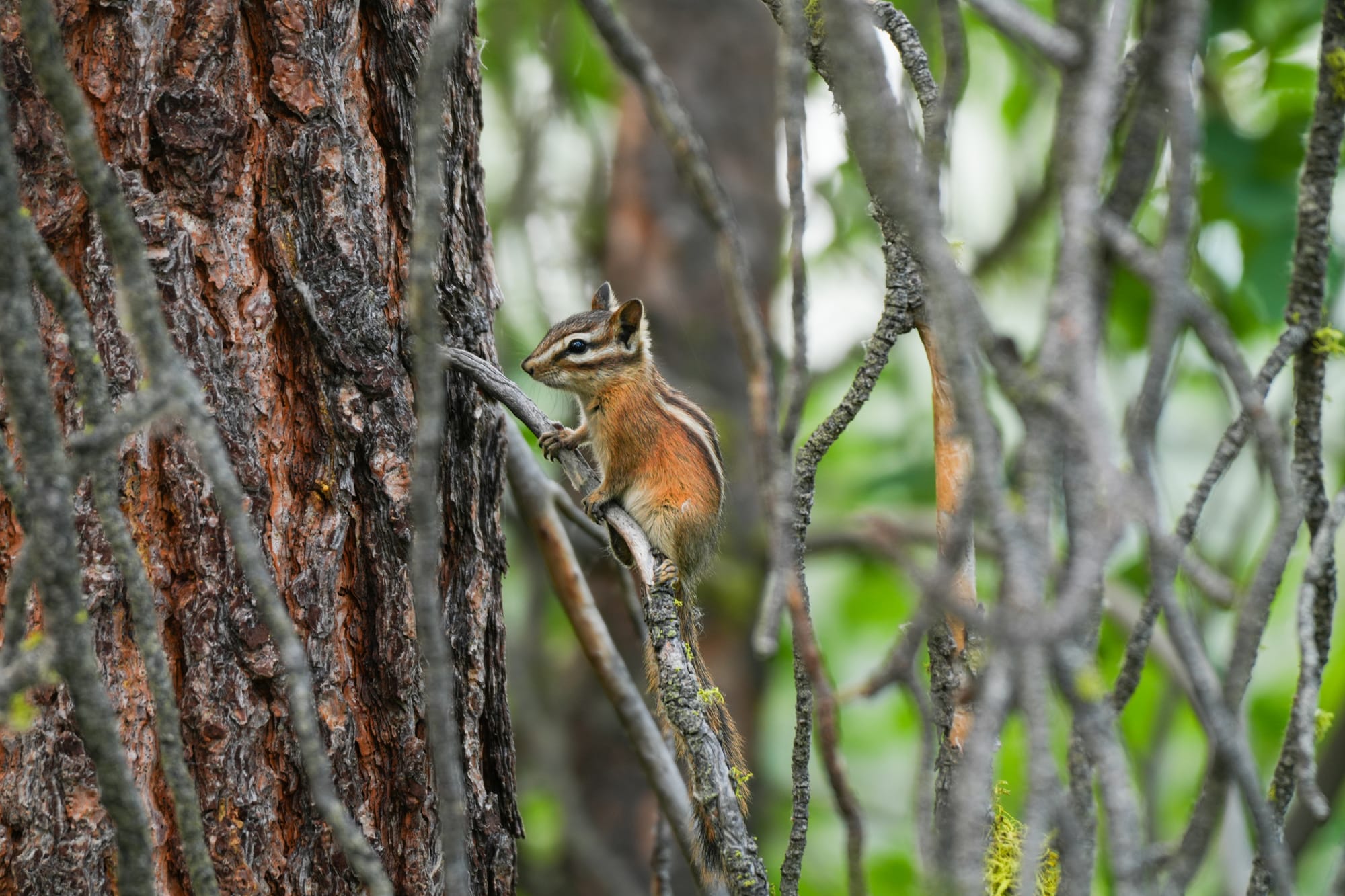
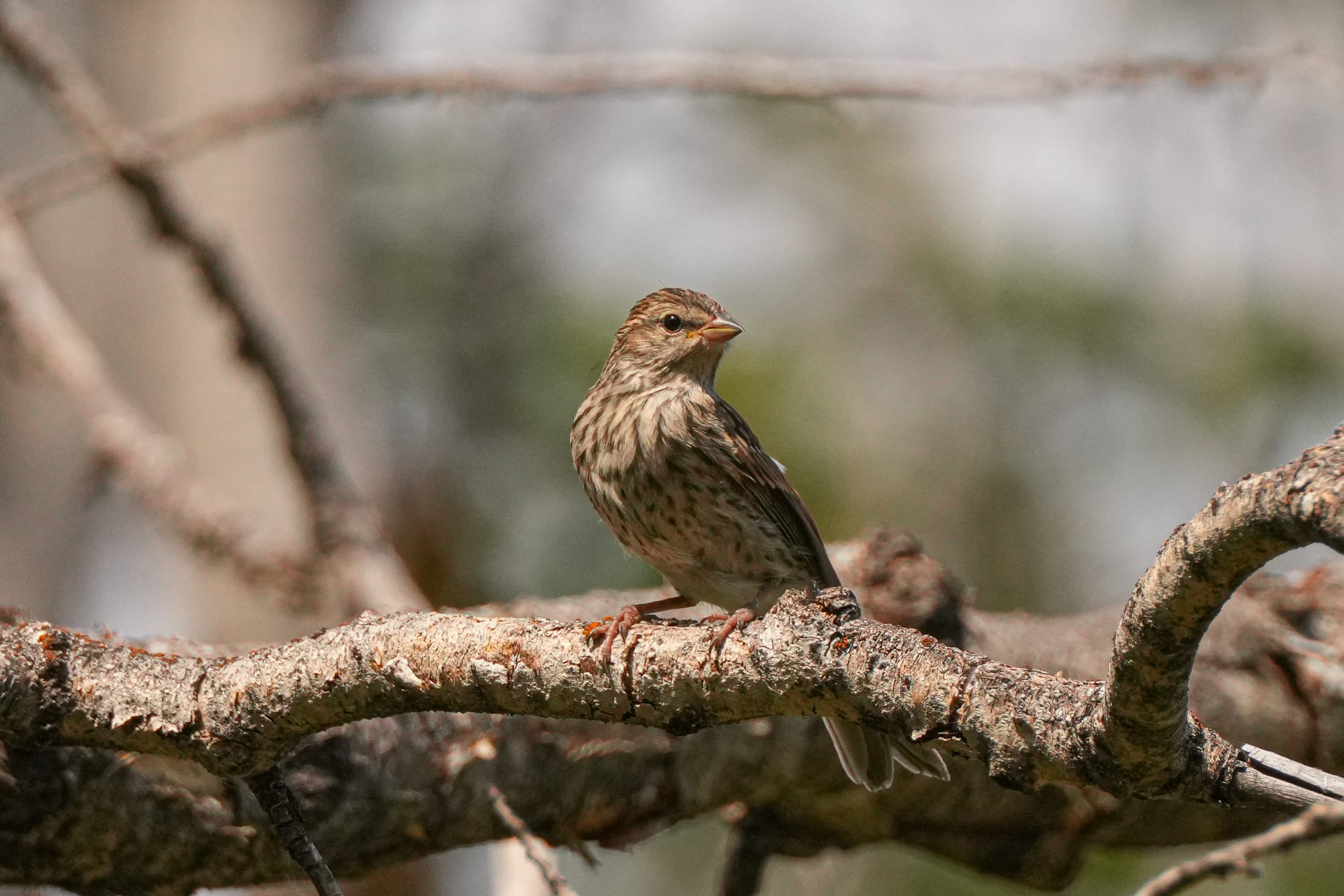
This is also the season to enjoy fireweed flowers before they go to seed and spread their feathery seeds everywhere. Fireweeds are especially prolific in areas that have recently burned, hence their common name, and they seem to play an important role in building back plant communities after a fire.
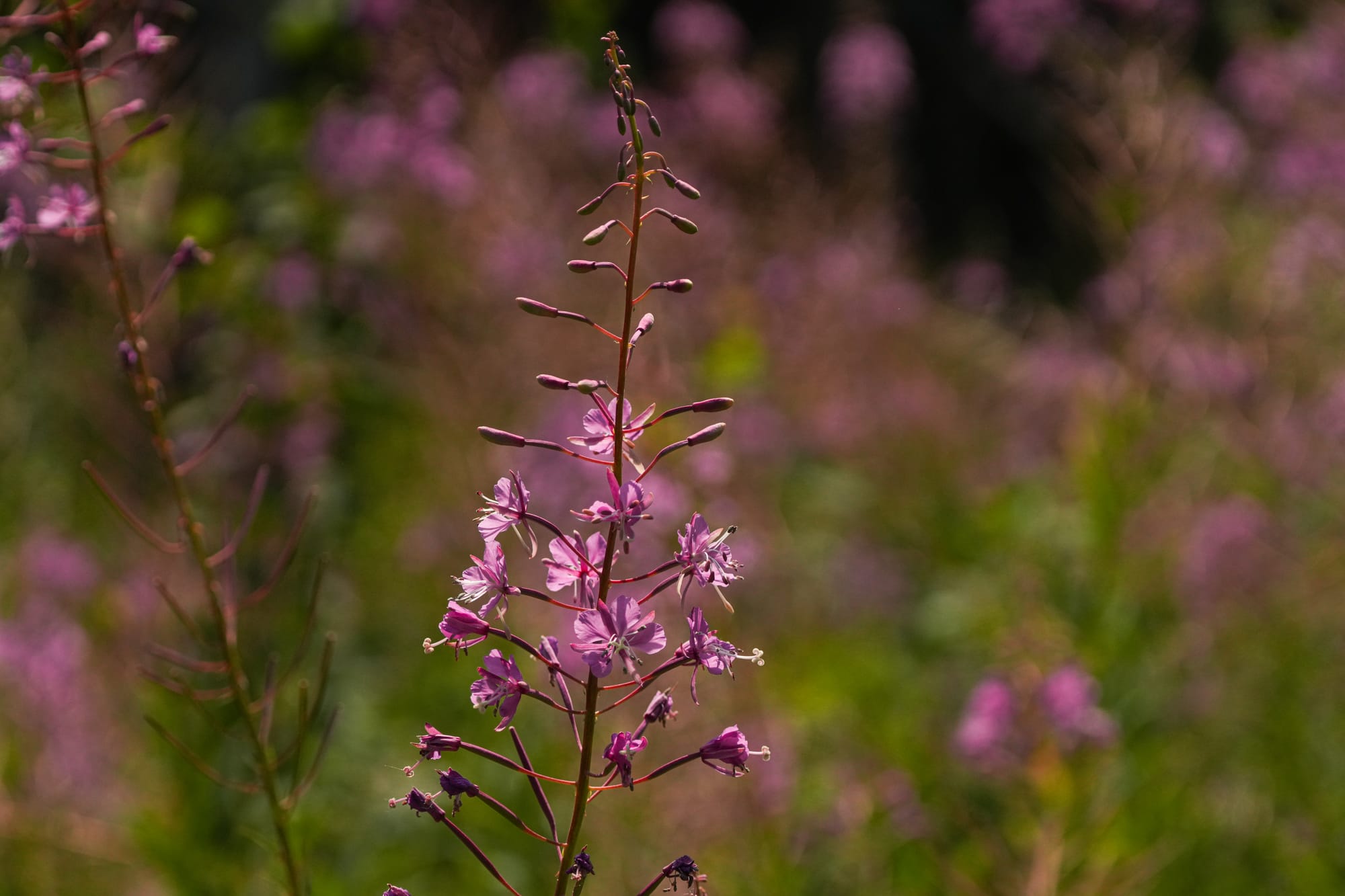
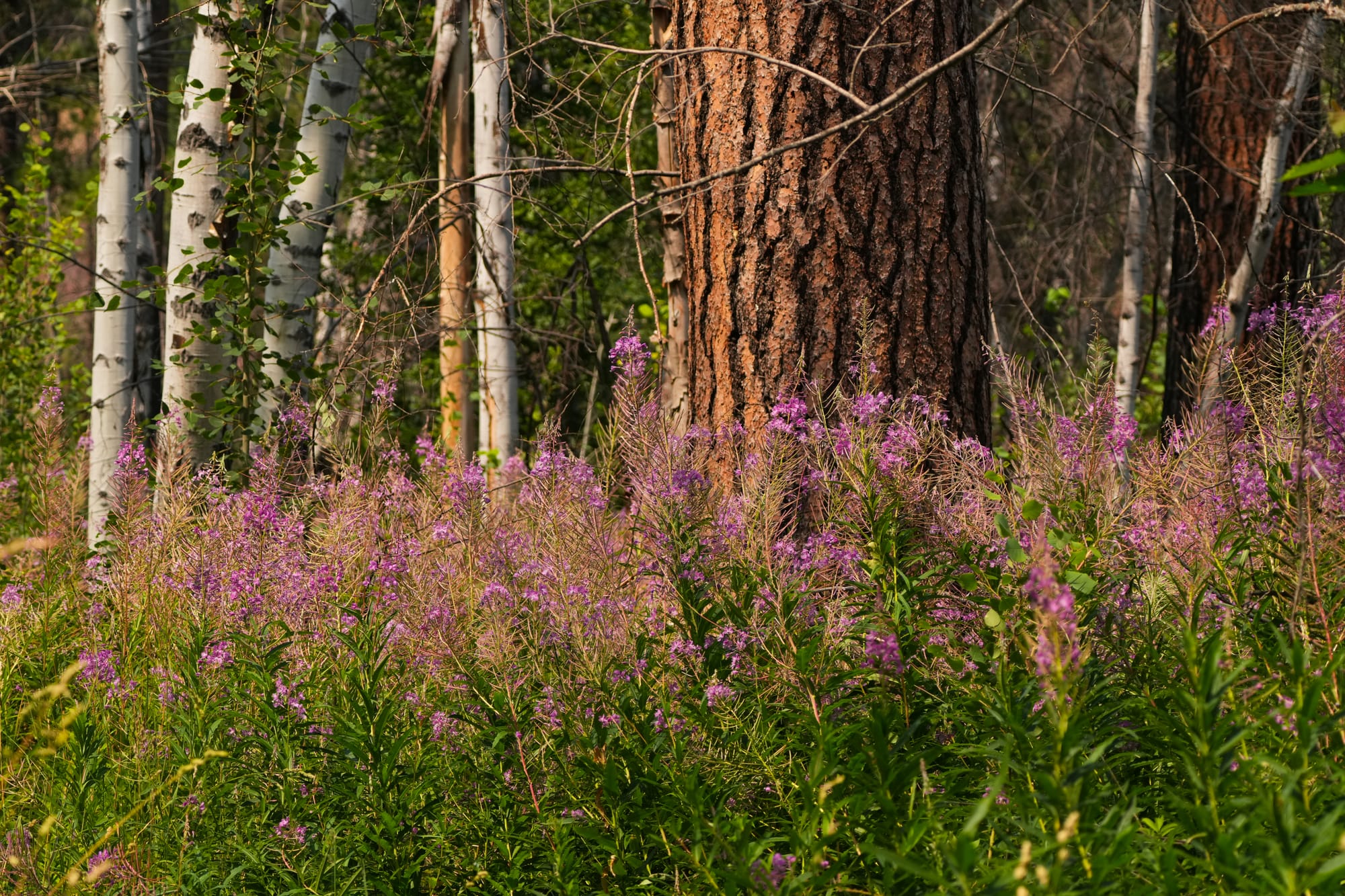
Fireweeds are prolific and common in many areas around the Methow Valley, adding a wash of color wherever they grow. Photos by David Lukas
It's also been delightful to see a variety of butterflies, including mourning cloaks and skippers. The mourning cloaks are especially interesting because they are the first butterflies to start flying as snow begins to melt in early spring, they are still flying now, and they will continue flying until winter sends them into hibernation.
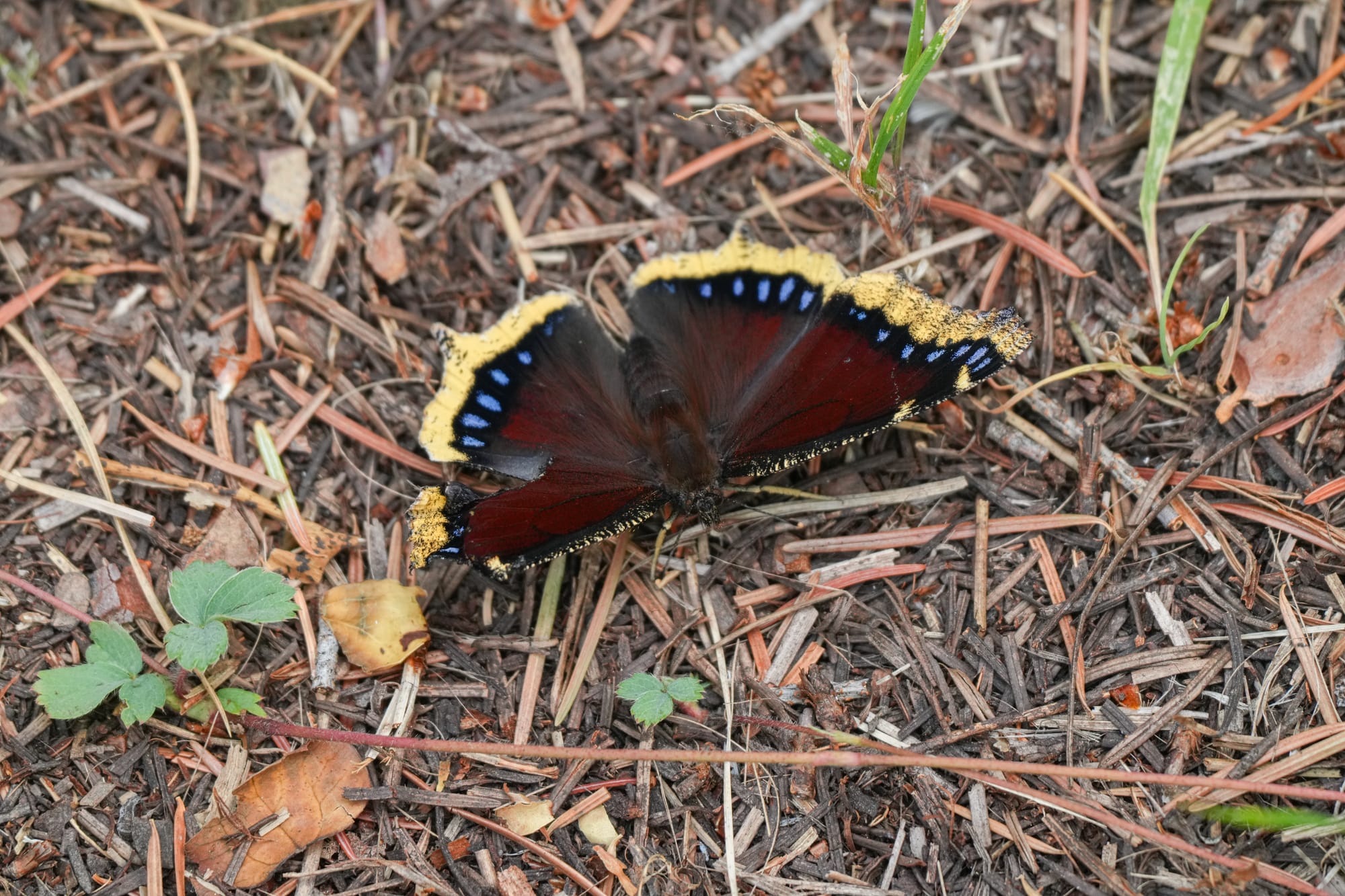
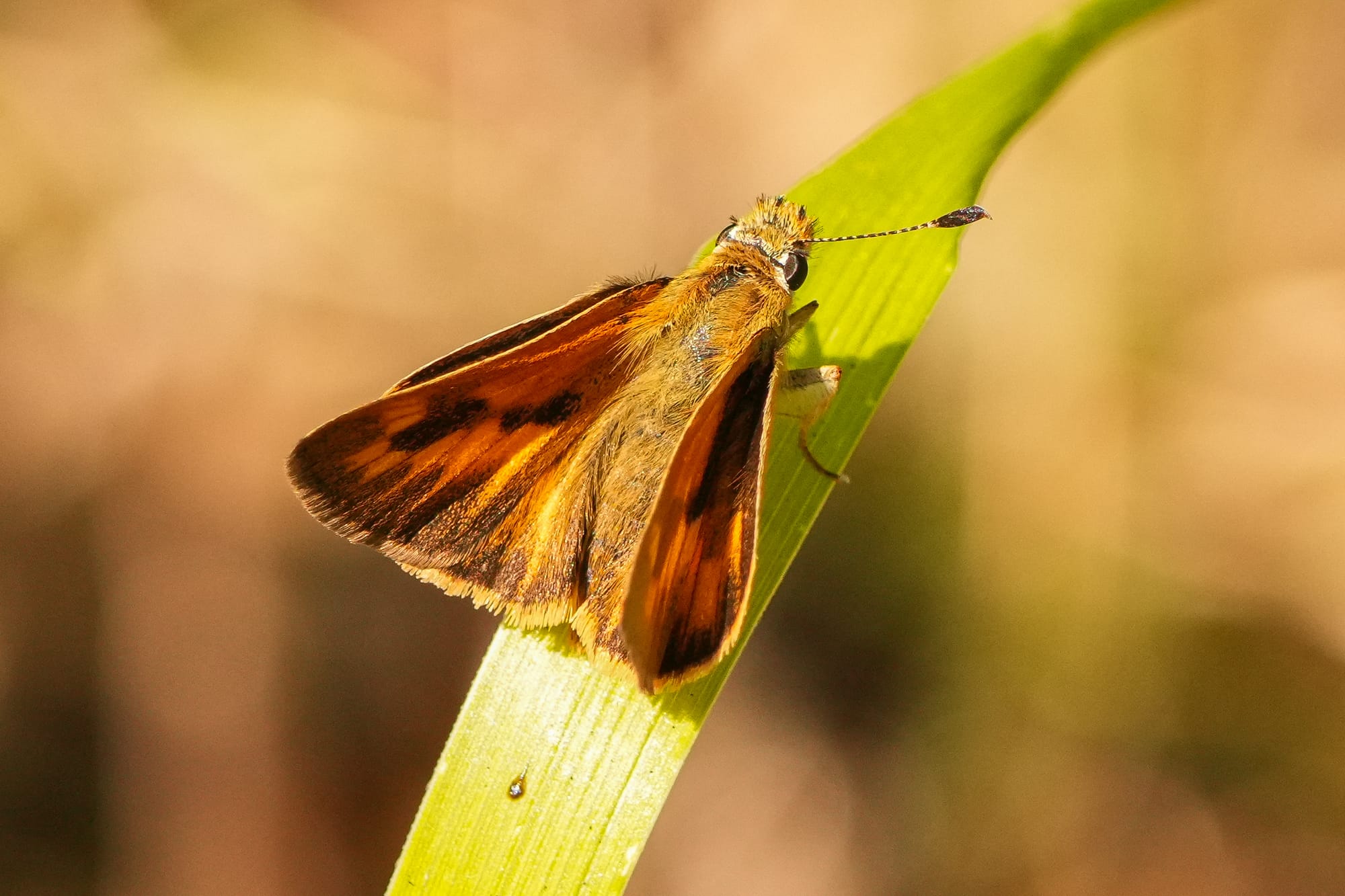
Mourning cloaks (left) or skippers (right) are some of the active butterflies at this time of year. Photos by David Lukas
Other signs of the changing seasons include notable bird activity. I'm now noticing very large flocks of blackbirds and starlings that seem to be gathering to roost in the bulrush and cattail stands around Big Twin Lake every night.
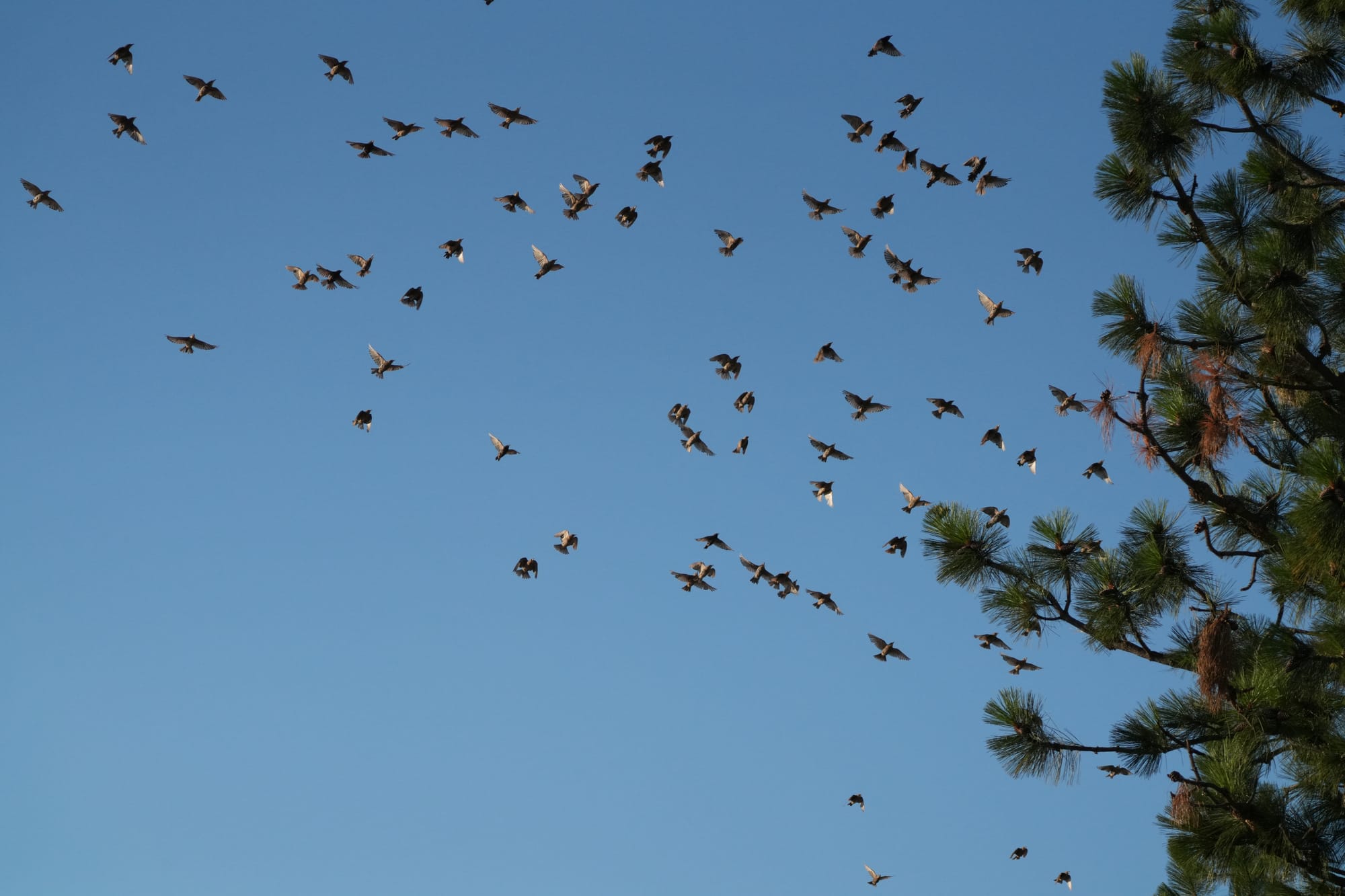
There have also been a number of gulls showing up at the lake, with a ring-billed gull on July 31, two Bonaparte's gulls on August 1, and forty-two California gulls on August 2. Gulls tend to show up after the breeding season, as they wander widely while leisurely making their way towards the ocean, so this movement is expected but always fun to see.
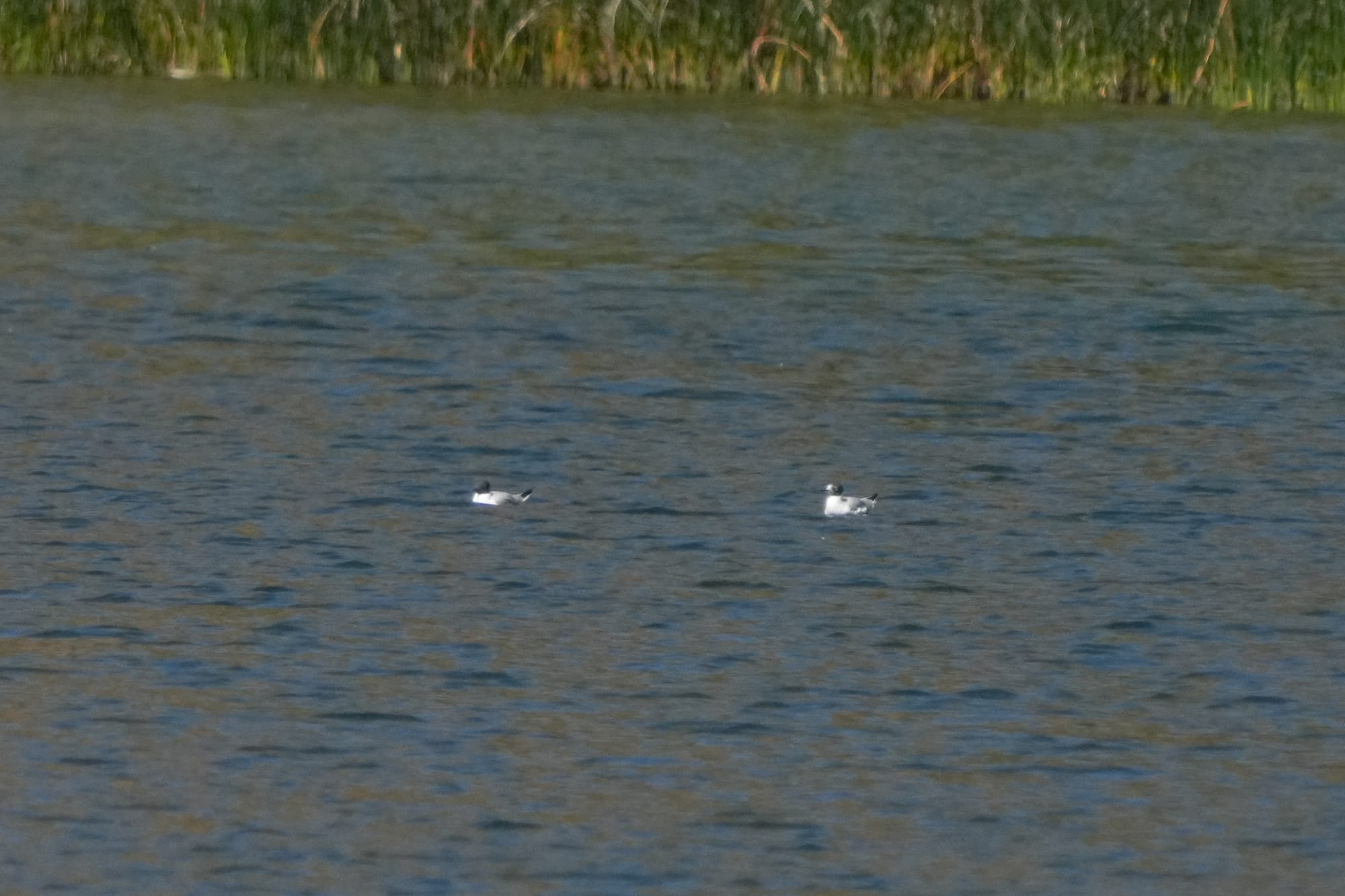
I've also had groups of lark sparrows hopping around the yard chasing grasshoppers, which brings up the topic of grasshoppers. The infestation of grasshoppers is not as bad as it was last year but it's still bad. They are demolishing many of the plants in our garden, plus our fruit trees, which has me wondering if it's realistic to grow our own food here. Have you had any luck with your garden this summer?

Observation of the Week: Common Bladderwort
Bladderworts are inconspicuous aquatic plants that are only noticed during the brief time they produce brilliant yellow flowers. In fact, bladderworts are widespread plants, with multiple species found almost everywhere in North America, and other closely related species found almost everywhere in Europe and Asia.
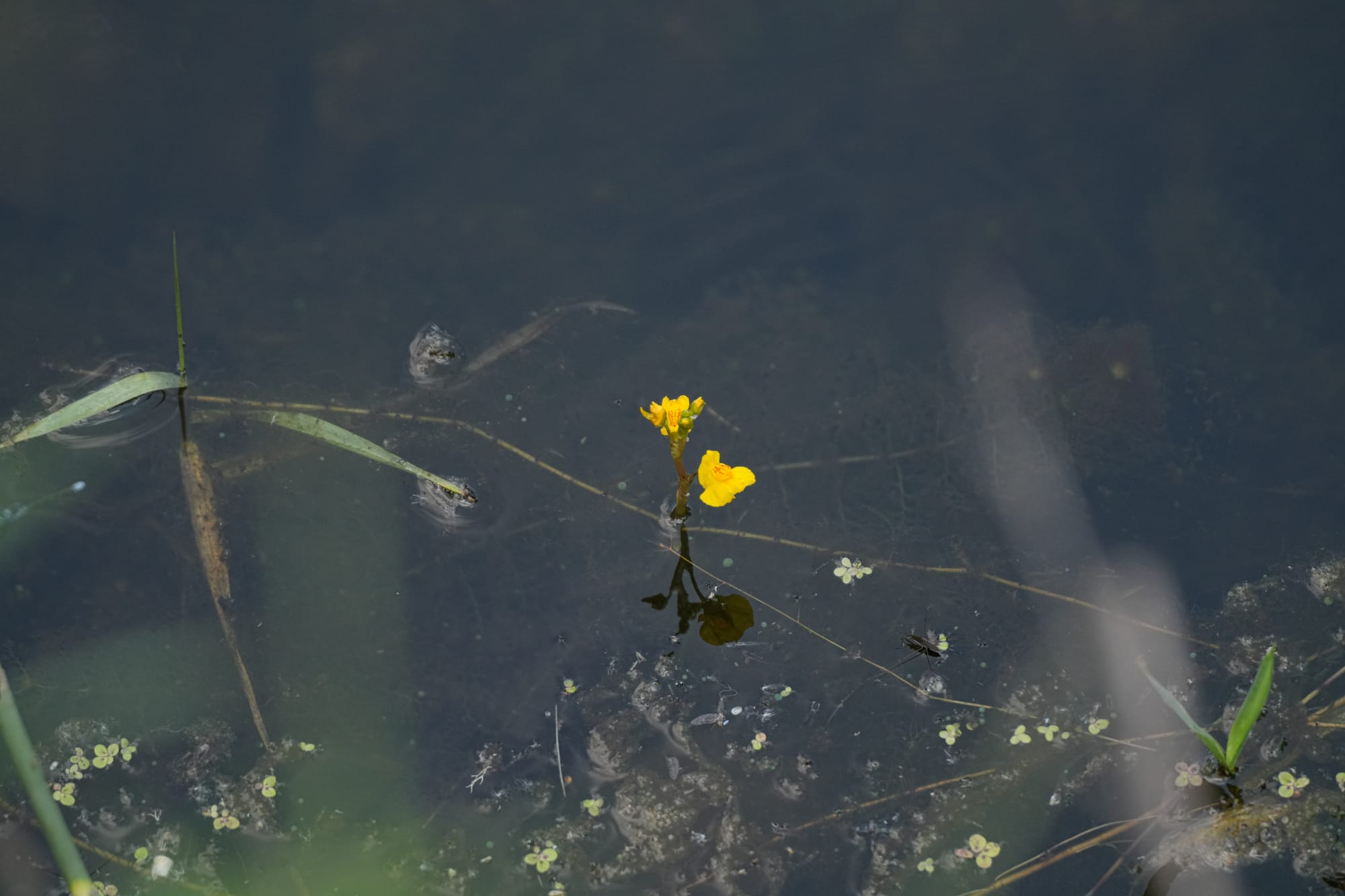
Although they're inconspicuous, there's a lot going on with this plant. First of all, they are unique in having no clearly differentiated roots, leaves, or stems. They simply float around as a long strand of plant tissue, then in the winter die back to a primitive turion (a tiny bud that will later grow into a complete plant) that sinks to the bottom to avoid ice on the surface of the water.
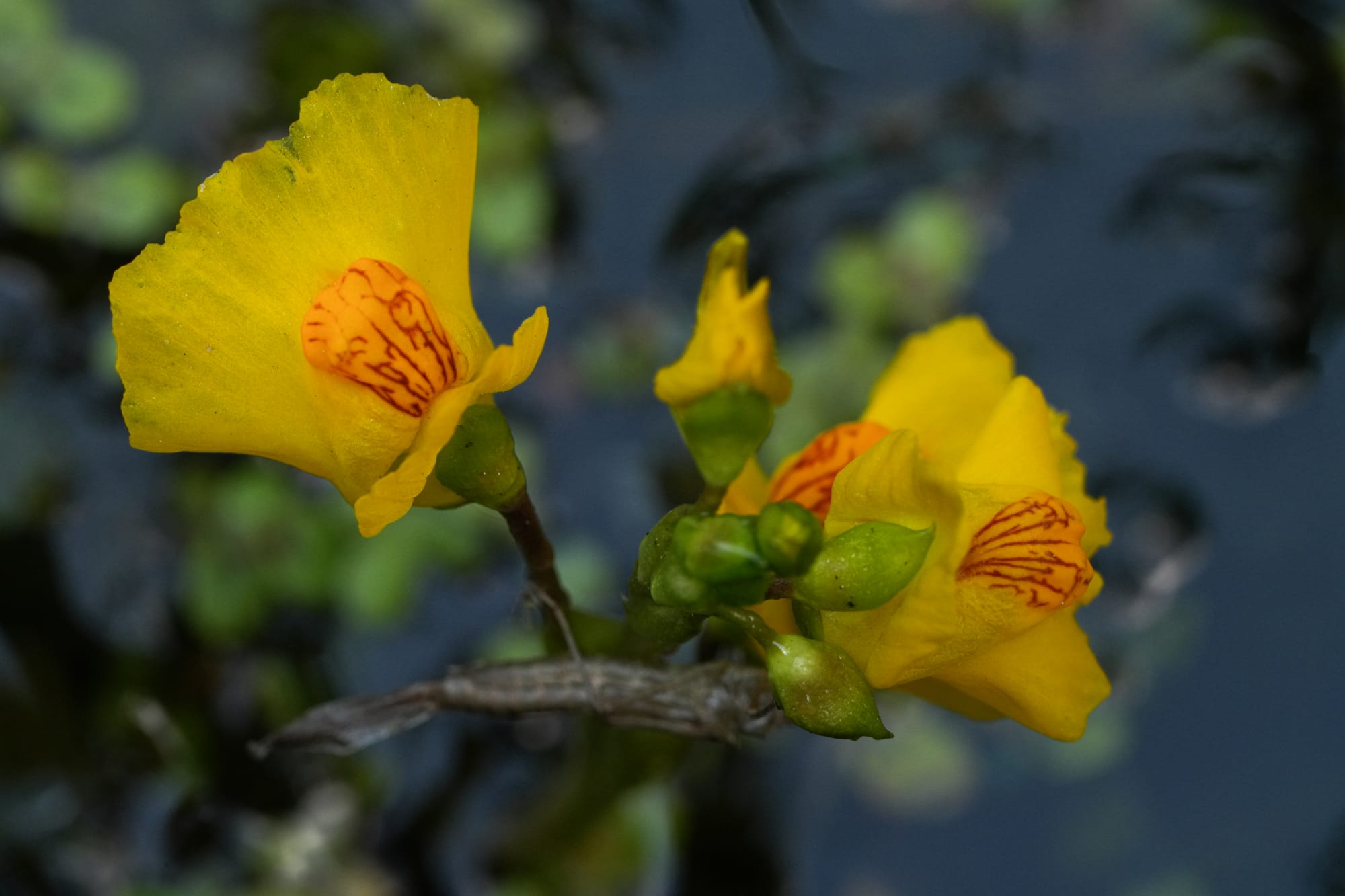
The most remarkable aspect of these plants is that they are carnivorous and catch food with bladder-like traps that are considered the most sophisticated carnivorous traps found in any plant.
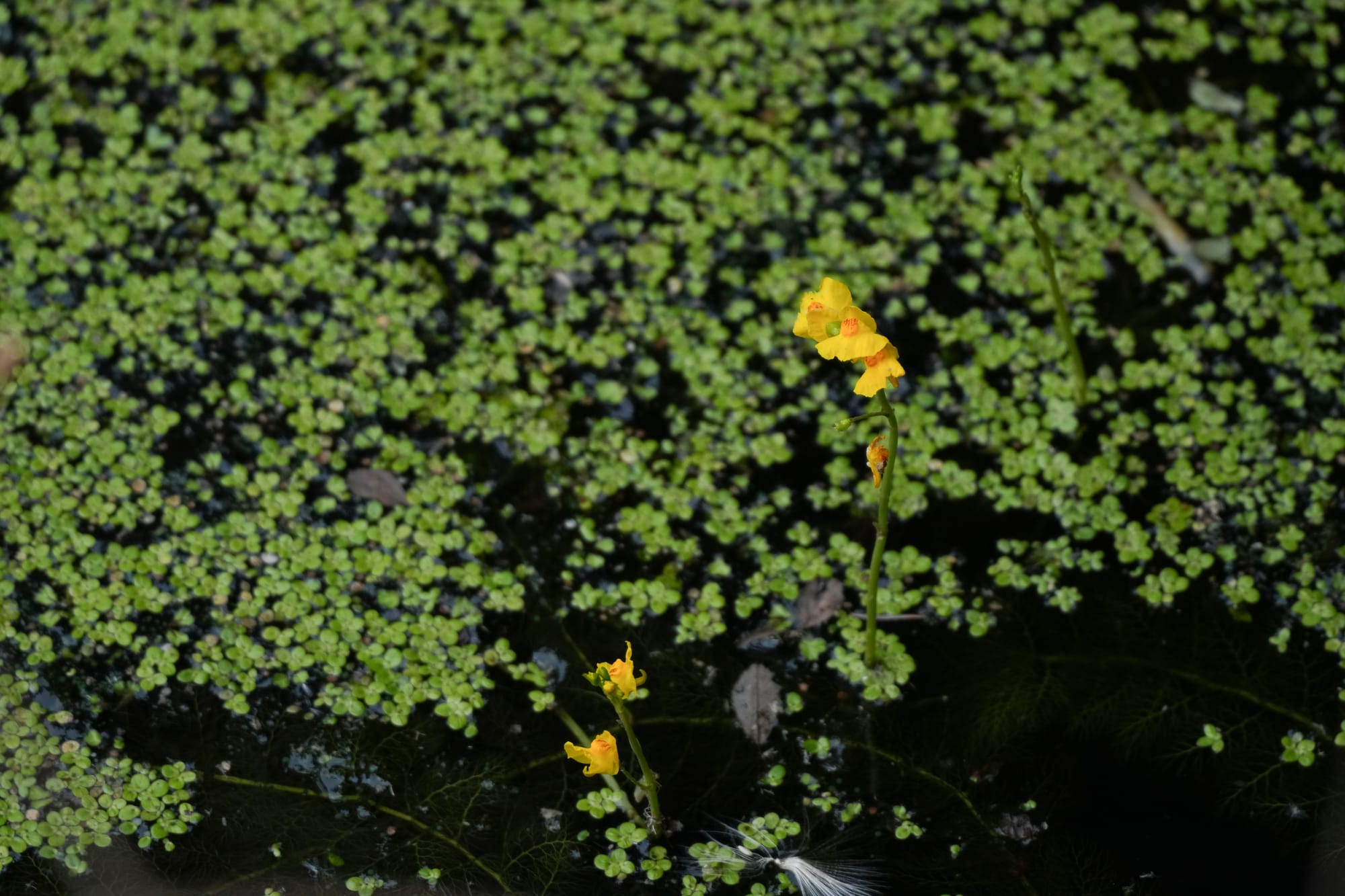
Each plant has hundreds of bladders that look like tiny flat beans. These bladders first "pump" out water to create negative pressure, then close a flap to hold this pressure in place. Any passing food item (everything from microscopic water fleas to newborn fish or tadpoles) that touches a trigger will open the bladder and water rushes in to fill the bladder along with the helpless food item that is later dissolved with enzymes.

It's quite a fascinating strategy and, if you're interested in learning more, check out the surprisingly long and very detailed Wikipedia entry about this plant.

